Uncovering history: who were the Jews who fought in the South African War?
More than 170 people from around the world zoomed into a webinar this week by a House of Life volunteer about the Jews who died in the South African campaign.
Young historian Molly Maslen researched the background to two memorial boards that have been sitting quietly at Willesden Jewish Cemetery for the last 60 years. They name 114 Jewish men who died on service for Britain in the war from 1899 to 1902.
“At a time when public memorials in Britain are subject of immense debate, the House of Life wanted to know the backstory of its memorial to the fallen of the South African Campaign, once known as the ‘Boer War’,” says Hester Abrams, Project Leader and Curator at the House of Life. The project commissioned Molly, one of some 60 volunteers working on the project, to investigate.
Molly showed how British Jews fought for a cause they believed in, despite talk at home of dual allegiance and a ‘supposed lack of patriotism’. Molly, who has an MA in History from Goldsmiths, University of London, discussed the political background to the war and contemporary attitudes including anti-Jewish feeling in Britain and South Africa.
From her research over many months Molly was also able to shed light on the men’s backgrounds, home lives and how they died. One, Eugene Gros, is known to be buried at Willesden Jewish Cemetery, his body brought home by his grieving parents after he died from illness.
Attendees of the talk were impressed by Molly’s knowledge on the subject, and found these accounts of the men very moving. From the feedback we’ve received a number of attendees have been inspired to come and visit the memorial boards in person.
The two memorial boards in the Portico to the Prayer Hall at Willesden are replicas of the originals that were unveiled in 1905 at Central Synagogue in Great Portland Street. The building was destroyed by bombing in World War Two. The replicas were commissioned in 1909 to hang at a synagogue in Aldershot, Hants., where there was a Jewish military garrison. They remained at Aldershot until the early 1960s when they were removed to Willesden Cemetery.
The talk on 3 August was one in a new series being delivered digitally by the House of Life project since the coronavirus has prevented physical meetings on site at Willesden Cemetery. Moderated by Milim, a Jewish cultural association in Leeds, the event attracted people from Leeds and South Africa and others dialled in from across Britain, Israel and the United States.
One attendee at the talk, Geraldine Auerbach, noted the similarity of the Willesden memorials to a plaque at a synagogue in Kimberley South Africa.
“We had no idea why this plaque existed and why it was placed there,” said Geraldine, who is originally from South Africa. “But having listened to this talk I feel that it was probably for the same reasons that Molly mentioned: to show the British South Africans – especially those in De Beers – that the Jewish community was completely loyal and committed to serving the monarch and the Empire.”
The talk was hosted by the Leeds branch of the Jewish Historical Society of England (JHSE) and moderated by Milim. It was the culmination of research work undertaken by the House of Life project alongside the development of new interpretation of the site’s stories, which were made possible by a grant from the JHSE in 2017.
To listen to the talk, click here.
Molly’s slides will be added to this website soon.
Find other events from the House of Life project

